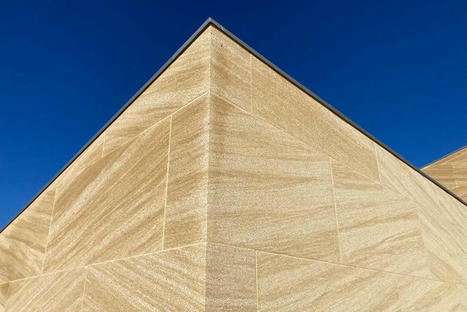What makes a city a “Smart City” as opposed to a city where some “smart things” happen?
Three obvious criteria for answering that question stand out:
1. Smart Cities are led from the top – they have a strong and visionary leader championing the Smart agenda across the city.
2. Smart Cities have a stakeholder forum – they have drawn together a community of city stakeholders across the city. Those stakeholders have not only created a compelling vision for a Smart City; they have committed to taking an ongoing role coordinating a programme to deliver it.
3. Smart Cities invest in technology infrastructure – they are deploying the required information and communication technology (ICT) platforms across the city; and doing so in such a way as to support the integration of information and activity across city systems.
It’s also important, though, to consider what is different about the structure and organisation of city systems in a Smart City. How does a city decide which technology infrastructures are required? Which organizations will make use of them, and how? How can they be designed and delivered so that they effectively serve individuals, communities and businesses in the city? What other structures and processes are required to achieve this progress in a Smart City?
Read on to learn about the design of the infrastructures and systems of Smart Cities and view them visually represented in an accompanying diagram.
Via
Lauren Moss,
Flora Moon



 Your new post is loading...
Your new post is loading...





![[Livre] Philippe Madec : Vivre mieux avec Moins | business analyst | Scoop.it](https://img.scoop.it/Tqlcd01sCw9xRVEpasfkFTl72eJkfbmt4t8yenImKBVvK0kTmF0xjctABnaLJIm9)










Il existe en France quelques architectes qui, plutôt que de continuellement réinventer la roue, ont préféré chercher à conserver et améliorer des techniques traditionnelles dans leurs projets.
C'est le cas de Gilles Perraudin, surnommé l'Égyptien de Gallician,
qui depuis les années 1980, prône le retour à la pierre massive...
"Le poids, en fait, c’est une vertu car plus c'est lourd, plus c'est stable et mieux cela résiste au tremblement de terre par exemple".